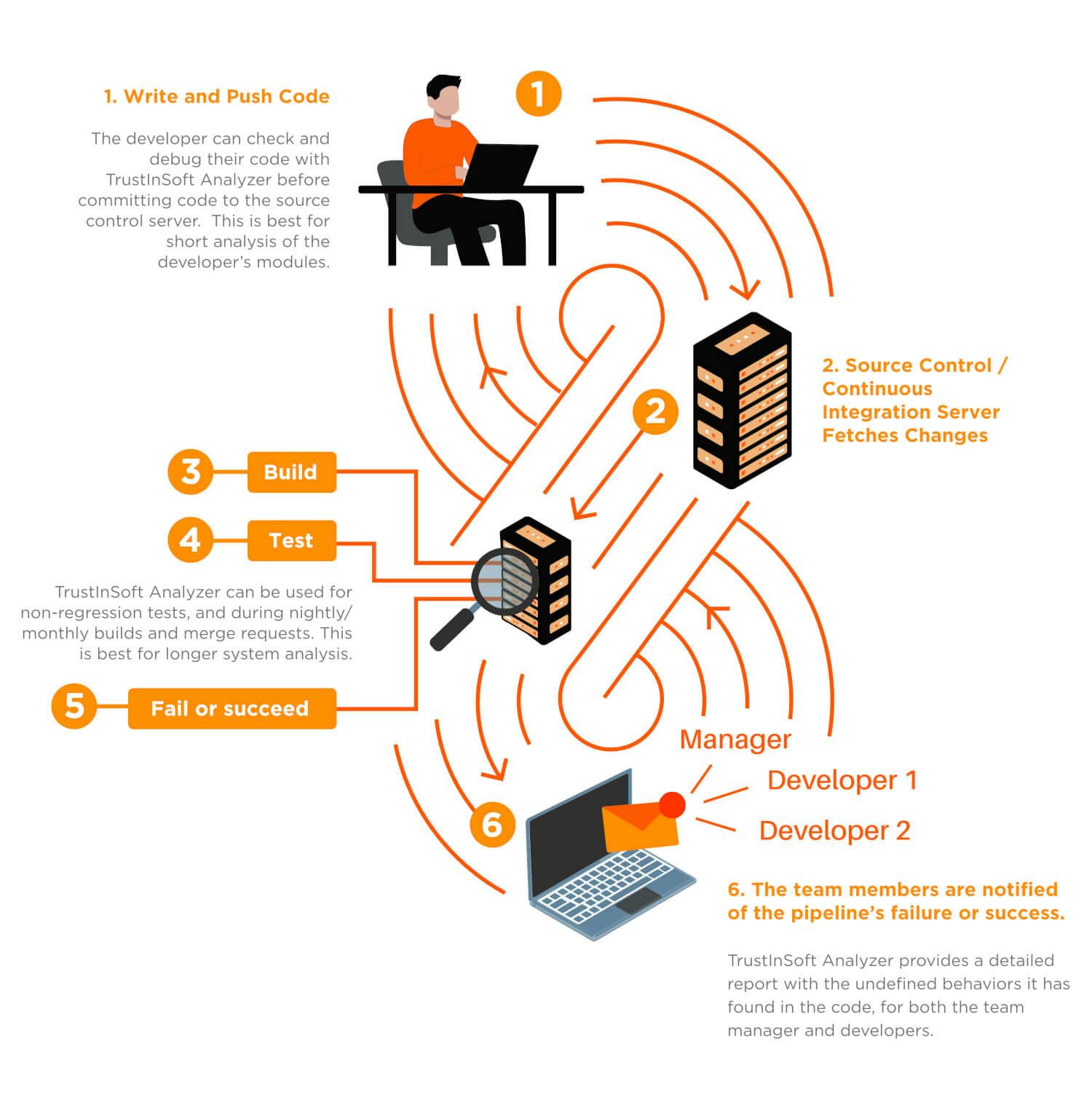ISO 26262 Functional Safety Standard Compliance

Ensure ISO 26262 Compliance with TrustInSoft
ISO 26262 is the international standard for functional safety in automotive systems. It defines the necessary requirements to ensure the safety of electrical and electronic systems in vehicles. TrustInSoft Analyzer helps automotive companies achieve compliance with ISO 26262 by providing exhaustive static analysis and eliminating software vulnerabilities.
Book a Demo
Detect All Software Vulnerabilities
TrustInSoft Analyzer’s exhaustive static analysis detects all potential vulnerabilities. Ensure your software is free from critical bugs and meets ISO 26262 safety requirements, enhancing overall system reliability.

Guarantee Software Safety with Formal Methods
TrustInSoft Analyzer uses formal methods to provide mathematical proof of software reliability. Achieve ISO 26262 compliance with high confidence, ensuring your automotive systems are robust and secure.

Integrate Seamlessly with Development Workflows
TrustInSoft Analyzer integrates seamlessly into existing development workflows. Automate code analysis, reduce debugging time, and ensure continuous ISO 26262 compliance throughout the software lifecycle.



